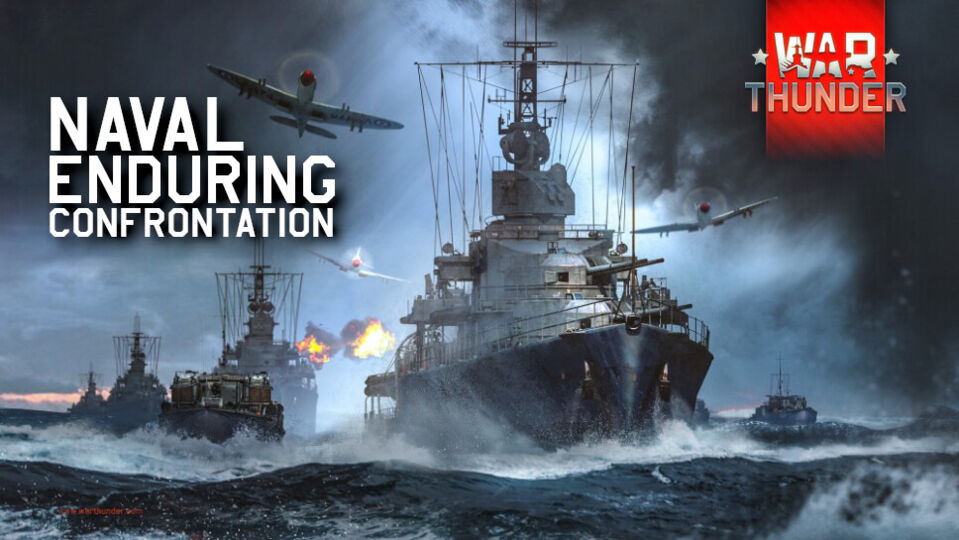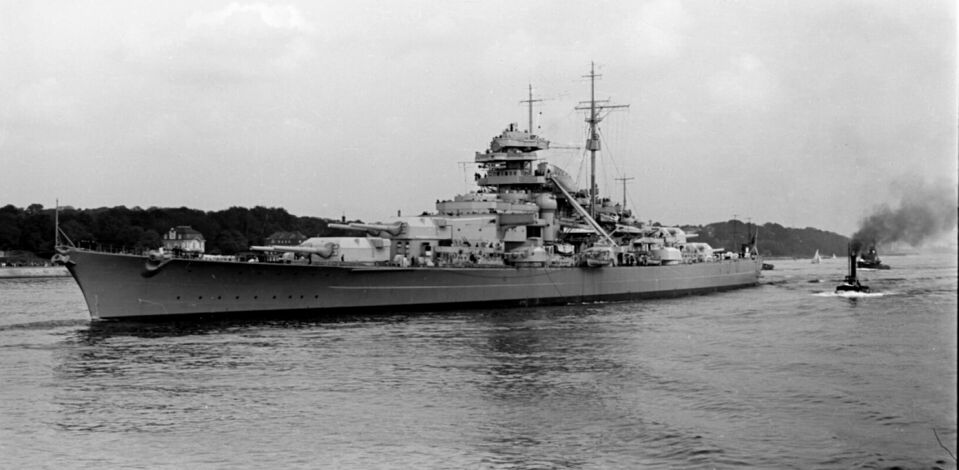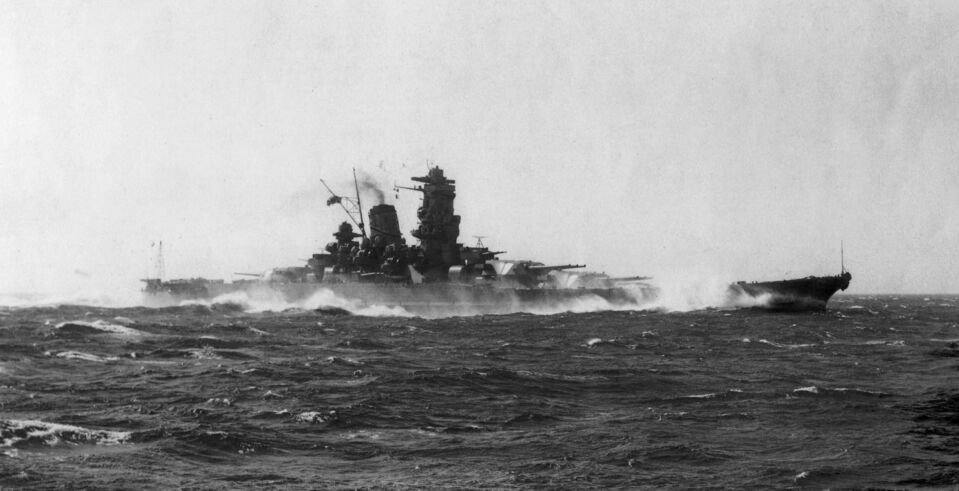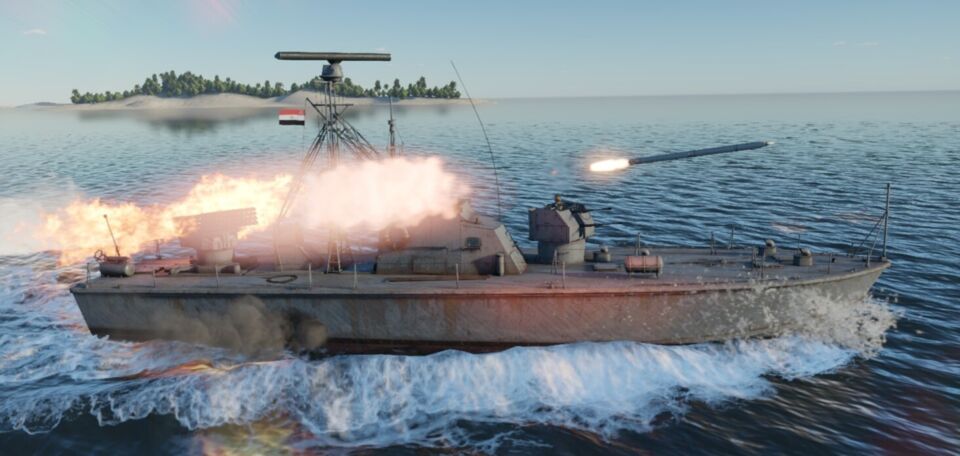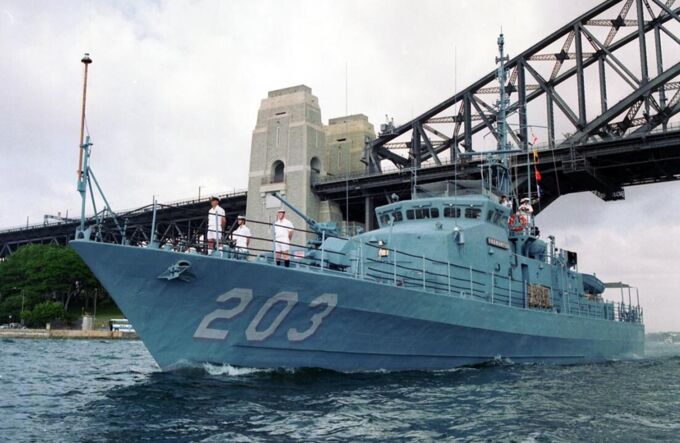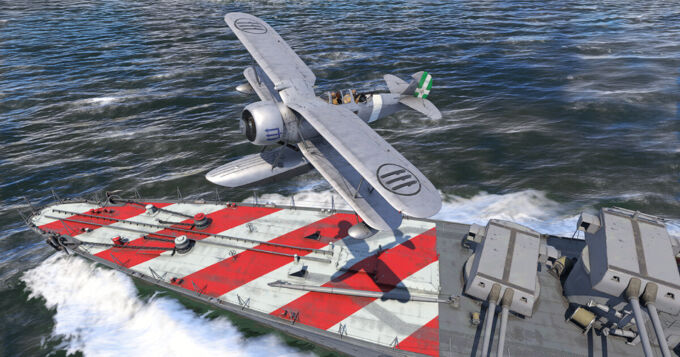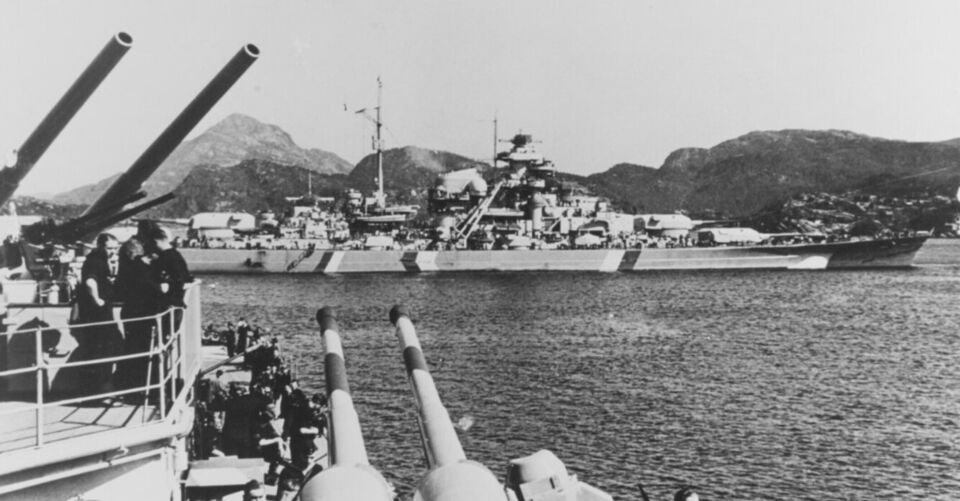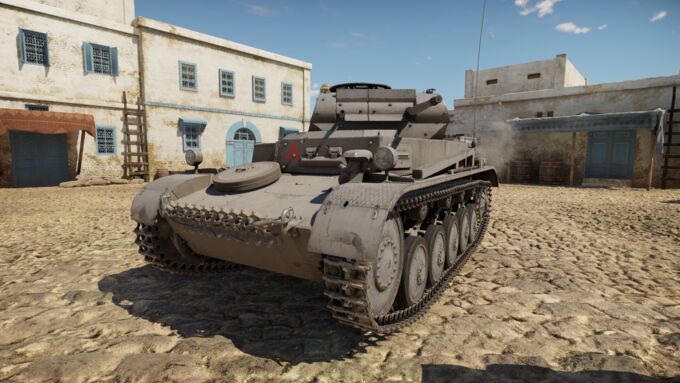Fleet
Naval Enduring Confrontation (EC) in War Thunder is a strategic, objective-driven game mode available from Thursday to Monday in the “Events and Tournaments” section, switching between AB and RB every 24 hours. Matches can last up to three hours, focusing on capturing ports, defending/attacking convoys, and completing tasks to earn points, with unlimited respawns costing Silver Lions and, for higher BR ships, spawn points (SP).
The Battleship Bismarck is without a doubt the most iconic vessel ever built by the German Navy. Measuring an impressive 250.5 meters (822 feet) in length and 36 meters (118 feet) in width, with a maximum displacement of over 50,000 tons, it carried a crew of more than 2,000 sailors. Armed with eight 380 mm (15-inch) main guns and protected by heavy armor, the Bismarck was regarded as the most powerful battleship afloat at the time of its launch. She was also the lead ship of the Bismarck-class and, along with her sister ship Tirpitz, the largest German battleship ever.
The Yamato-class battleships were two Japanese battleships, Yamato (大和) and Musashi (武蔵), constructed during World War II and operated by the Imperial Japanese Navy (IJN). They were armed with nine 46 cm naval guns and over 150 anti-aircraft guns, and had a displacement of more than 72,000 tons, making them the largest and most powerfully armed battleships in history. While the Yamato and Musashi had a truly stupendous level of firepower and armor, both ships met their fates at the hands of American carrier aircraft and never participated in the massive battleship-on-battleship engagements that they were designed for.
IJN Furutaka (古鷹, named after Mount Furutaka in Etajima, Hiroshima) was the first heavy cruiser built for the IJN, but at the time of commissioning, she was designated as a “first-class cruiser”, as the term “heavy cruiser” was defined later. Originally built as a “fast scout cruiser”, she combines very good mobility with excellent firepower brought by the modified Type 3 №2 main battery guns. This is further enhanced by her very powerful torpedo armament, but at the same time, she is an attractive target for enemy aircraft, as her anti-aircraft and secondary armament are among the worst found on cruisers.
The Pr.183 BM-21 is a rare Soviet-designed Egyptian modification that trades torpedoes for rocket artillery. Designed as a fast assault craft, this unique boat merges a WWII-era hull with Cold War firepower, offering devastating burst damage at the cost of poor survivability. She plays nothing like other ships in her tier—if you master the rockets, you’ll devastate enemies. But if you get spotted first, expect a quick trip back to the hangar.
Her Majesty’s Australian Ship (HMAS) Fremantle, pennant number 203, was a patrol boat commissioned in 1980 as the lead ship of her class. She took the longest voyage made by a lone patrol vessel of her time, and she aided Australian efforts to curb illegal fishing and immigration over the 26 years of her career.
While hydroplanes were present in War Thunder prior to Update "Winged Lions", all were standalone aircraft present in the tech tree that could be piloted in air battles by the player. Shipboard reconnaissance aircraft allow large bluewater ships to utilize their plane catapults to send scout planes to perform reconnaissance of an area, land on capture zones, and pester enemy ships with their onboard weaponry.
833 days, that was the lifespan of the Bismarck, from her launch to her scuttling on May 27, 1941. She was one of the largest and most famous battleships in the world like the Japanese Yamato and the American Missouri. The Bismarck belonged to the Bismarck class, which also included her sister ship, the Tirpitz. The Bismarck rose to fame by sinking HMS Hood on May 24, 1941, earning a worldwide reputation as one of the deadliest battleships ever built. In just five minutes, the HMS Hood was destroyed. Afterwards, the British Royal Navy hunted the Bismarck across the North Atlantic. Following a torpedo attack by a squadron of Swordfish torpedo bombers, she lost her rudder and became unable to maneuver. On May 27, 1941, her crew finally scuttled the Bismarck in the Atlantic Ocean, while the ship continued to engage numerous British battleships, cruisers, and destroyers.
This article is about the history of the 2 cm guns using the 20×138mmB Rheinmetall ammunition, primarily the 2 cm KwK/Flak 30/38 L/50/65. It also covers usage by other nations represented in-game, such as Italy with Breda and Scotti guns, and includes a minor guide. The ammo and guns were the smallest mainstay unit of dual-purpose AA/AT guns, starting in the late 1920s and actively used and improved until 1945. These guns were used as infantry super heavy machine guns (Überschwere MGs), tank armaments (KwK), as well as infantry and vehicle AA guns (Flak).
